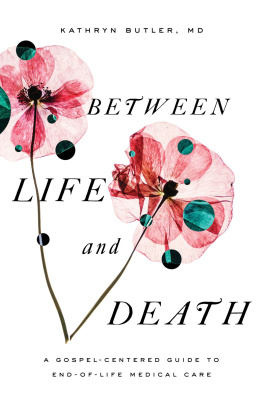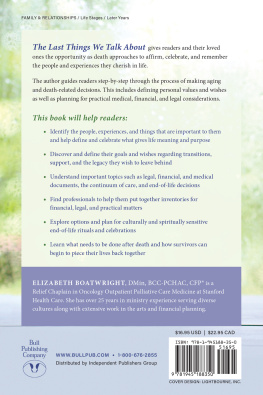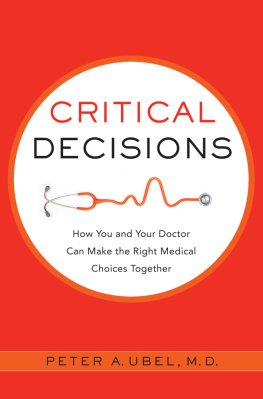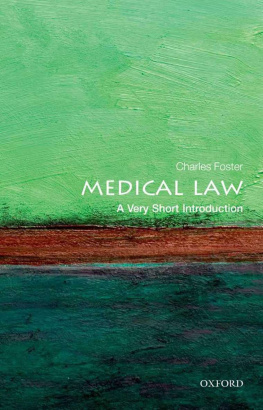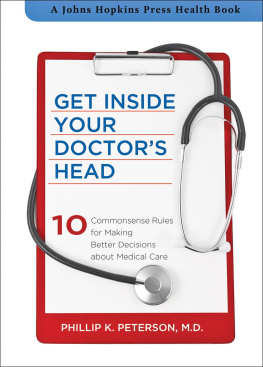Table of Contents
Landmarks
acute respiratory distress syndrome (ARDS) . A rapidly progressive buildup of fluid in the lungs due to damage of lung capillaries in critical illness.
advance care planning . Discussions and documentation aimed to clarify wishes at the end of life.
advance directive . A document outlining wishes for care at the end of life, with particular emphasis on organ -s upporting technologies, and also for designation of a surrogate decision maker.
anaphylaxis . A severe allergic reaction that causes shock and difficulty breathing.
arrhythmia . An abnormal heart rhythm.
arteriovenous (AV) fistula . In dialysis, a surgical connection between an artery and a vein to allow for repeated needle punctures.
aspiration . Inhalation of abnormal contents, usually ones own oral secretions or vomit, into the lungs.
asystole . Complete cessation of electrical activity of the heart.
autonomy . Self -d etermination ; freedom from external control.
bronchial tree . The passageways that transport air from the trachea to the lungs.
capillary . The smallest branch of a blood vessel, carrying blood to and from tissues.
cardiac arrest . When the heart fails to circulate blood flow effectively, due to either abnormal rhythm, inadequate blood volume, poor pump function of the heart, or obstruction to blood flow.
cardiopulmonary resuscitation (CPR) . Emergency chest compressions and ventilation to maintain blood flow to the brain when cardiac arrest occurs.
comfort measures only (CMO) . A transition in care from treatment aimed toward cure, to treatment that emphasizes palliation of symptoms.
comorbidities . Preexisting chronic diseases.
computed tomography (CT) scan . A diagnostic imaging test that creates detailed cross -s ectional images of tissue and internal organs.
continuous venovenous hemofiltration (CVVH) . Continuous dialysis, a temporary option for patients who cannot tolerate hemodialysis.
debridement . Removal of damaged or infected tissue from a wound, either with medications, gauze dressings, or surgically with a scalpel or cautery.
delirium . Acute confusion that waxes and wanes, often accompanied by delusions, paranoia, and hallucinations.
dementia . Progressive loss of memory and daily independent functioning, as with Alzheimers disease.
deoxygenated . Depletion of oxygen.
dialysis . Removal of waste products and excess water from the blood stream as substitute for normal kidney function.
diuretic . Medication that promotes removal of excess water and salt from the body through increased urine production.
electrical cardioversion . An electrical shock administered to the chest to convert an abnormal rhythm back to a regular heartbeat.
electrical defibrillation . An electrical shock administered to the chest to treat cardiac arrest from an abnormal ventricular rhythm; higher voltage than cardioversion.
electrolytes . Minerals with an electric charge (e.g., calcium, magnesium, potassium, sodium) that play a vital role in functions throughout the body.
encephalopathy . A disorder in which a disease or a toxin impairs brain function.
endotracheal tube . A silicone tube placed into the windpipe for mechanical ventilation.
enteral nutrition . Any method of feeding that uses the gastrointestinal tract to deliver a source of calories.
epinephrine . Another term for adrenaline, a hormone that increases blood pressure and quickens heartbeat.
extubation . Removal of an endotracheal tube.
functional status . An individuals ability to perform daily routines necessary to meet basic needs and maintain health.
gastrostomy tube . A surgically placed tube that directly enters the stomach through the abdominal wall.
goals-of-care meeting . A meeting between physicians and a patient or his/her family to determine the next step in care, usually for complex circumstances in the ICU.
healthcare proxy . A document that legally appoints an individual to make healthcare decisions on behalf of a patient in the event that the patient is incapacitated.
hemodialysis . Process of removing waste and fluid and restoring normal electrolyte balance in patients with kidney failure.
hospice . A philosophy of care that focuses on palliation of symptoms at the end of life, with emphasis on quality of life and spiritual and physical well-being.
hypoxia . Low oxygen levels in the bloodstream or body tissues.
iatrogenic . A type of event or complication that occurs secondary to medical interventions.
inotrope . Medication that enhances the ability of the heart to pump. Examples include milrinone, dobutamine, dopamine, and epinephrine (which is also a vasopressor).
intensive care unit (ICU) . The department in a hospital where the most seriously ill patients are constantly observed.
intravenous . Medications administered through the bloodstream via access in a vein.
living will . A document completed by a patient, attested to by witnesses, that outlines wishes for end -o f -l ife care.
mechanical ventilator . A machine that provides breathing support.
myocardial infarction . Medical term for heart attack; death of a portion of the heart muscle due to inadequate blood flow.
nasogastric tube . A tube threaded through the nostrils and into the stomach to administer nutrition or remove intestinal contents.
nephrologist . A doctor who specializes in kidney function and disease.
noninvasive positive pressure ventilation (NIPPV) . Mechanical ventilation delivered through a facemask or nasal mask rather than through an endotracheal tube.
palliative care . An approach to medical care that focuses on improvement in quality of life at all stages of illness.
perfusion . A supply of oxygen -r ich blood.
peritoneum . A membrane lining the abdominal cavity.
pharynx . Medical term for throat.
physician-assisted suicide (PAS) . The process of intentionally taking ones life after ingestion of a physician -p rescribed lethal dose of medication.
physician orders for life-sustaining treatment (POLST) . Legal orders from a physician, formulated in conjunction with a patient, to withhold or administer life -s ustaining measures including CPR and mechanical ventilation.
platelets . Cell fragments that circulate throughout the bloodstream and play an essential role in normal blood clotting.
pleural effusion . Fluid in the chest cavity, in the space surrounding the lungs.
pneumonia . Infection of the lungs.
pneumothorax . Accumulation of air in the space between the lung and the chest wall, leading to lung collapse.
post-traumatic stress disorder . A psychiatric disorder that arises in response to a traumatic event and is characterized by nightmares, flashbacks, anxiety, and intrusive thoughts about the event.
pulmonary edema . Fluid within the lung tissue.
pulmonary embolism . When a blood clot becomes lodged in the vessels that carry blood from the heart to the lungs.
pulseless electrical activity (PEA) . Cardiac arrest in which the heart continues to beat with a normal electrical rhythm, but disease or injury prevents effective circulation of blood.
renal . Pertaining to the kidneys.
resident . A doctor who has completed medical school but has not yet finished on -t he -j ob training in a specific medical specialty.
respiratory . Pertaining to breathing.
sepsis . A widespread response to infection that reduces blood flow to organs and threatens life.
shock . A condition characterized by inadequate blood flow to organs, resulting in poor oxygen delivery and death if untreated.
solute . One substance dissolved in another.
somnolence . Pathological sleepiness or drowsiness; in medicine it often points to impaired blood flow to the brain or disturbances in breathing.

